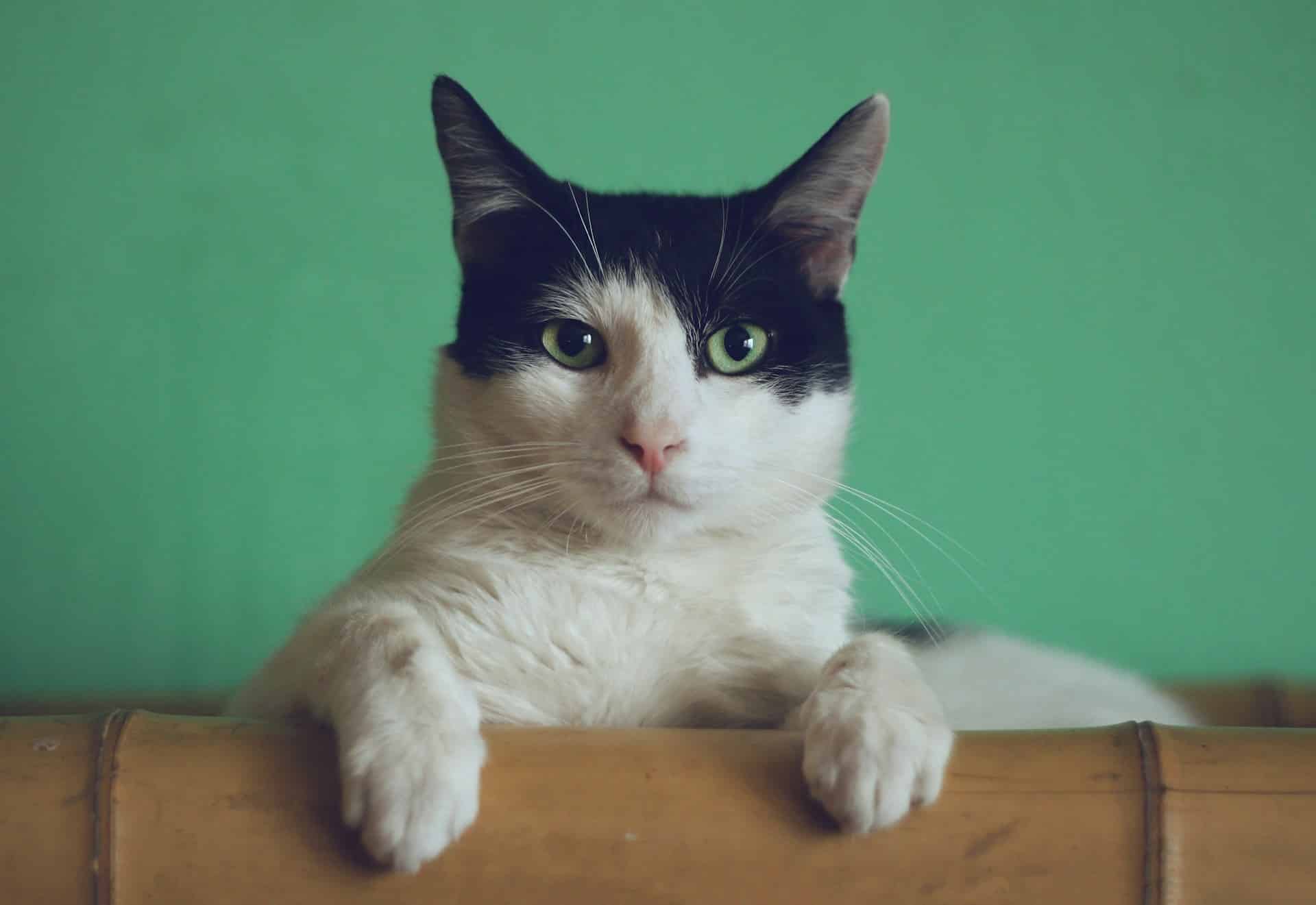How to Manage a Multi-Cat Household to Reduce Feline Stress and Aggression?

Cats are often perceived as solitary, independent creatures. However, they are also capable of living in social groups. When a household has multiple cats, conflicts may inevitably arise. These conflicts can lead to significant stress and aggression among your feline friends. Managing a multi-cat household can be challenging, but with the right techniques, you can create a harmonious environment that reduces feline stress and aggression. In this article, we will explore ways in which you can manage your multi-cat household effectively.
Understanding Feline Social Behavior
Cats are unique creatures with complex social behaviors. It’s vital to understand that cats are not pack animals like dogs. They have a different social structure, and their social interaction is based mainly on familial ties.
A voir aussi : How to Develop a Positive Crate Training Experience for a Rescue Basset Hound?
Cats, unlike dogs or humans, are not overly social. They are solitary hunters and do not have the same level of social structure that dogs or humans do. However, they do have their own unique form of social behavior that is based on familial ties, known as a ‘colony’.
In a colony, cats share resources and territories, but they also establish hierarchies and engage in social behaviors like mutual grooming and play. If you have multiple cats in your household, understanding their social behavior can help you create an environment where conflict is minimal.
A découvrir également : What’s the Best Way to Socialize a Puppy in a Rural Area Without a Dog Park?
Identifying and Addressing Signs of Stress and Aggression
Cats can exhibit stress and aggression in various ways. They may hiss, growl, or show their claws. They may also avoid certain areas or cats in the house, or they may urinate outside the litter box.
By observing your cats’ behaviors, you can identify early signs of stress and aggression. Once you spot these signs, it’s time to intervene. You may need to separate the cats temporarily or provide more resources to alleviate the conflict.
Addressing the signs of stress and aggression early on can prevent more serious conflicts from developing. Remember, it’s often easier to prevent conflicts than to resolve them once they have escalated.
Providing Adequate Resources
In a multi-cat household, providing sufficient resources is key to reducing feline stress and aggression. Resources include food, water, litter boxes, scratching posts, toys, and resting areas.
Each cat should have access to its own resources and not feel the need to compete for them. This can greatly reduce conflicts among your cats. If a cat feels that it has access to all the resources it needs, it will be less likely to feel threatened and act aggressively towards other cats.
Remember, cats are territorial creatures. They need to have their own space where they feel safe and secure. Providing adequate resources for each cat can help establish this sense of security.
Implementing Play Time
Just like humans, cats need time to play and expend energy. Playtime can help reduce stress and aggression in your cats.
You can engage your cats in interactive play, such as using toys that mimic prey, like a feather wand. This not only provides mental stimulation for your cats but also helps them burn off energy that could otherwise be channeled into aggression.
Even though cats are solitary hunters, they can learn to play together in a managed environment. This can help build a positive association among your cats and reduce conflict.
Managing Litter Box Issues
One common source of conflict in multi-cat households is the litter box. Cats are very particular about their litter box – where it is, how clean it is, and who else uses it.
A rule of thumb is to have as many litter boxes as there are cats in the household, plus one extra. This can help prevent conflicts over the use of litter boxes.
Litter box issues can be a major source of stress for cats, and managing these issues can significantly reduce feline stress and aggression in your household.
In conclusion, managing a multi-cat household to reduce feline stress and aggression involves understanding your cats’ social behavior, addressing signs of stress and aggression, providing adequate resources, implementing playtime, and managing litter box issues. It may not always be easy, but with patience and understanding, it is certainly possible to create a harmonious multi-cat household.
Ensuring Proper Introduction of New Cats
Introducing a new cat into a multi-cat household can be a significant source of stress and potential aggression. Cats are territorial creatures, and bringing a new cat into the mix can disrupt their established hierarchy and territories. But, with careful planning and understanding cat behavior, it’s possible to minimize conflicts and ensure a smooth transition.
When introducing a new cat into an already established household, it’s important to do so gradually. Before the new cat arrives, prepare an isolated space for them with their own food, water, litter box, and scratching post. This gives the new cat a chance to acclimate to the new environment without the immediate threat of the resident cats.
During the initial few days, allow the cats to smell each other under the door and swap bedding, so they can get familiar with each other’s scents. Gradually, allow supervised face-to-face interactions, using positive reinforcement (like treats) to reward non-aggressive behavior.
It’s important to watch for signs of aggression or stress during these early encounters. Hissing, growling or swatting are indications that the cats need more time to adjust. If these signs persist, it may be worth seeking professional advice from a feline behaviorist.
Remember, patience is key. The introduction process can take weeks or even months, depending on the cats involved. But with time, most cats will adapt to the new member of the household and harmony can be achieved.
Offering Personal Spaces to Each Cat
In a multi-cat household, ensuring that each cat has its own personal space can help reduce stress and territorial aggression. Cats feel safe when they have their own designated areas where they can retreat and relax. This can be achieved by providing multiple resting areas, scratching posts, and litter trays throughout the house.
Cats prefer high places where they can observe their surroundings without being disturbed. Thus, consider providing vertical spaces like cat trees, shelves or window perches.
When it comes to litter trays, follow the rule of "one per cat, plus one extra". This will help prevent conflicts over the use of litter boxes. Also, ensure that these boxes are spread out and not lined up in a row, as some cats may perceive it as one large shared box.
In terms of feeding, feeding cats in separate areas can help alleviate tension. Multiple water bowls also ensure that no cat is denied access to water due to territorial disputes.
Designating personal spaces not only helps to reduce stress and aggression among household cats but also promotes a sense of security and contentment in each individual cat.
Conclusion
Managing a multi-cat household takes understanding, patience, and commitment. By understanding your cats’ social behavior, identifying and addressing signs of aggression early, providing adequate resources, implementing playtime, managing litter box issues, ensuring proper introduction of new cats and offering personal spaces, you can create a harmonious and stress-free environment for all your feline companions.
The goal is to ensure that all cats feel safe, secure, and content in their home. By considering each cat’s individual needs and preferences, and by encouraging positive interactions, you can significantly reduce stress and aggression in multi-cat households. Although it may require time and effort, the reward of a peaceful multi-cat household is well worth it. It is not only beneficial to the cats but also to you, as a relaxed and happy cat makes a content and fulfilled owner.
